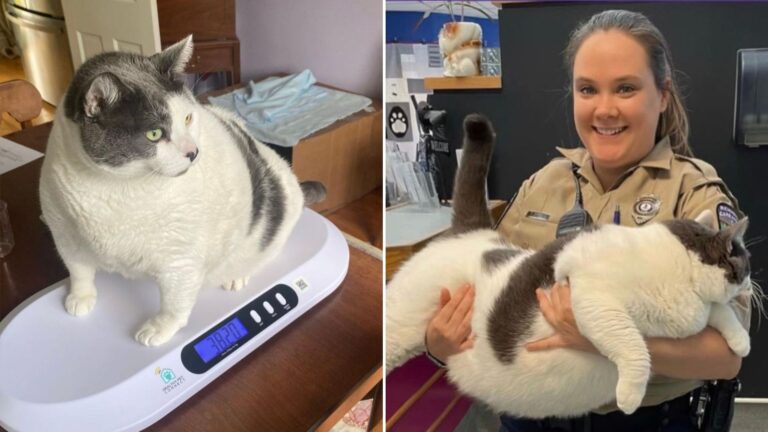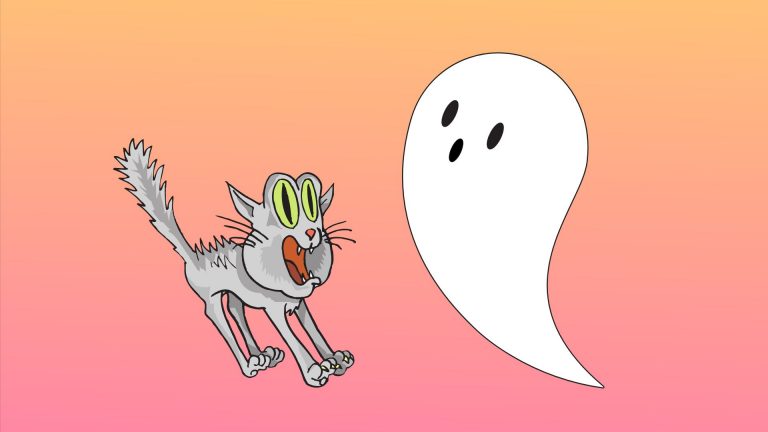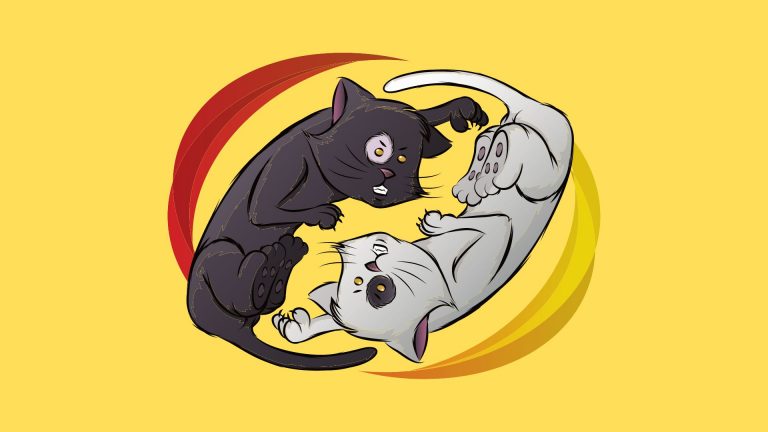11 Dog Breeds Veterinarians Say You Should Think Twice About Buying

Bringing a dog into your family is a big decision that comes with years of responsibility. While all dogs need love and care, some breeds have specific health issues or behavioral traits that make them challenging for the average owner.
Vets often see these breeds in their clinics for recurring problems that could have been avoided with careful consideration before adoption.
1. English Bulldogs Face Breathing Battles

Those adorable wrinkly faces come with a serious price tag for English Bulldogs. Their squished snouts cause a condition called brachycephalic airway syndrome, making every breath a struggle – especially in hot weather.
Many Bulldogs need expensive surgery just to breathe normally. Their narrow hips also lead to difficulties during birth, with most puppies delivered by C-section.
Skin infections hide in those cute folds, requiring daily cleaning and medication. While loving and gentle, these pups often rack up vet bills exceeding $5,000 annually for chronic issues.
2. German Shepherds Struggle With Hip Problems
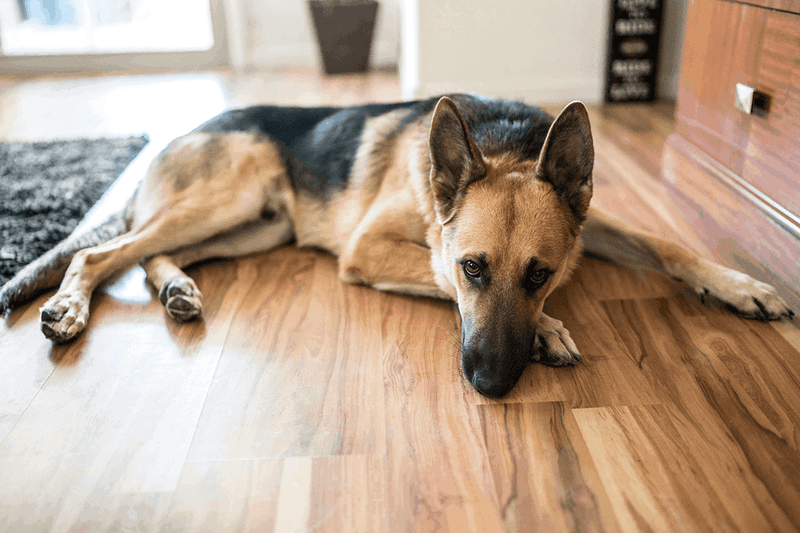
Majestic and intelligent, German Shepherds capture hearts with their loyalty. Unfortunately, decades of breeding for a sloped back has left many with crippling hip dysplasia by middle age.
The pain starts early – sometimes before their second birthday. Watching these proud dogs struggle to stand after resting breaks owners’ hearts. Treatment options range from expensive medications to surgeries costing thousands.
Beyond physical issues, their high energy and intelligence demand extensive exercise and mental stimulation. Without proper outlets, destructive behaviors emerge, making them challenging for first-time or busy owners.
3. Dachshunds’ Long Backs Spell Trouble

Those cute wiener dogs with their elongated bodies face a painful spinal ticking time bomb. One in four Dachshunds will develop intervertebral disc disease – where discs between vertebrae rupture, causing extreme pain or even paralysis.
A simple jump from furniture can trigger a $5,000 emergency surgery. Their stubborn nature makes training challenging, and many develop separation anxiety when left alone.
Dental problems plague the breed too, requiring frequent professional cleanings. While their portable size seems convenient, potential owners should prepare for specialized care, including ramps for furniture and vigilant supervision to prevent jumping.
4. Cavalier King Charles Spaniels Battle Heart Disease
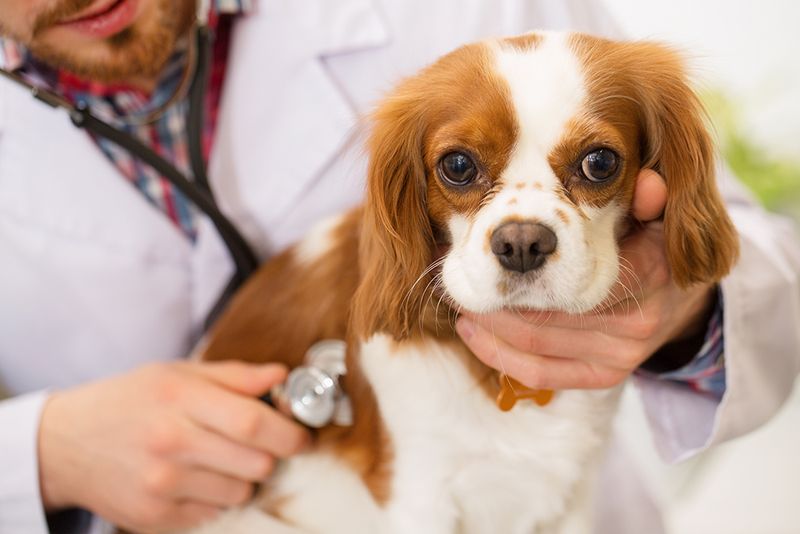
Behind those melting brown eyes hides heartbreaking genetic conditions. Nearly all Cavalier King Charles Spaniels develop mitral valve disease by age 10, leading to heart failure. Their sweet temperament masks serious health concerns.
Syringomyelia, a painful neurological condition where the skull is too small for the brain, affects many in the breed. Symptoms include yelping in pain when picked up or scratching at their neck and shoulders constantly.
Regular cardiac ultrasounds and MRIs become routine, costing thousands annually. While affectionate companions, their average lifespan of just 9-14 years often cuts short the relationship, leaving families heartbroken.
5. Shar-Peis Suffer From Skin Issues
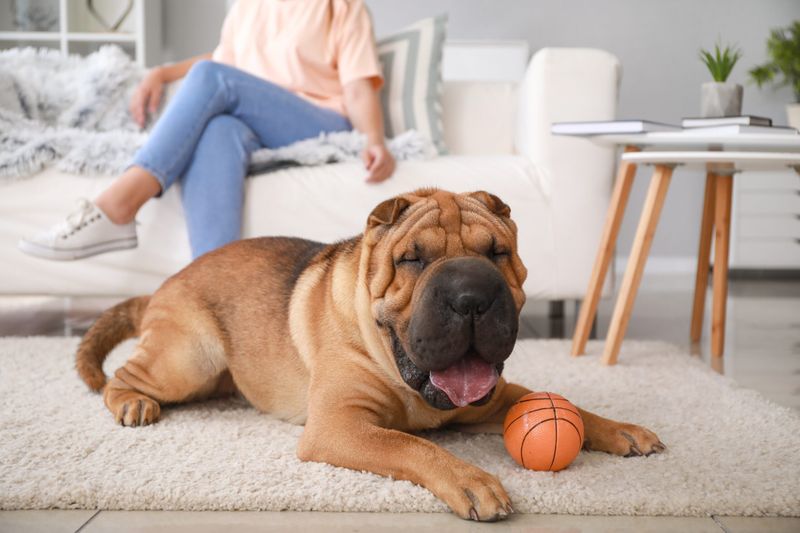
Those trademark wrinkles that make Shar-Peis so distinctive become hotbeds for painful skin infections. The deep folds trap moisture and bacteria, requiring daily cleaning to prevent painful sores and a distinctive musty odor.
Many develop a condition called Shar-Pei fever – an autoimmune disorder causing recurrent fevers and joint pain. Left untreated, it leads to kidney failure. Their naturally defensive nature means early socialization is essential.
Eye problems plague the breed too, with entropion (inward-rolling eyelids) requiring surgical correction. While fiercely loyal to their families, the specialized care and stubborn streak make them challenging for novice dog owners.
6. Great Danes Face Shortened Lifespans
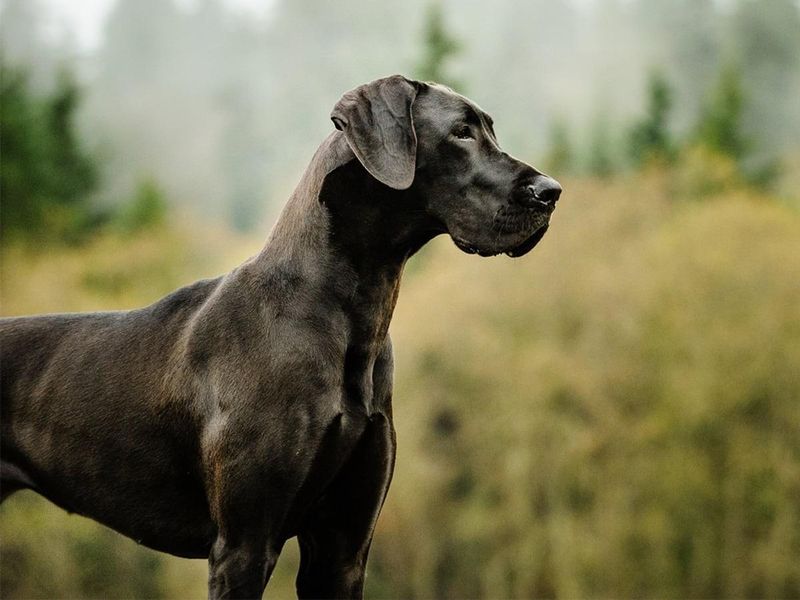
Gentle giants with hearts of gold, Great Danes sadly have one of the shortest lifespans among dog breeds – just 6-8 years on average. Their rapid growth contributes to joint problems and painful bone conditions from an early age.
Bloat, a life-threatening stomach condition, strikes Great Danes more than any other breed. Without emergency surgery within hours, it’s often fatal. Their massive size means everything costs more – from food to medications to the XL crate taking up half your living room.
Despite their calm adult temperament, the gangly puppy stage lasts two full years, with clumsy pups accidentally knocking over children and furniture.
7. French Bulldogs Struggle To Breathe
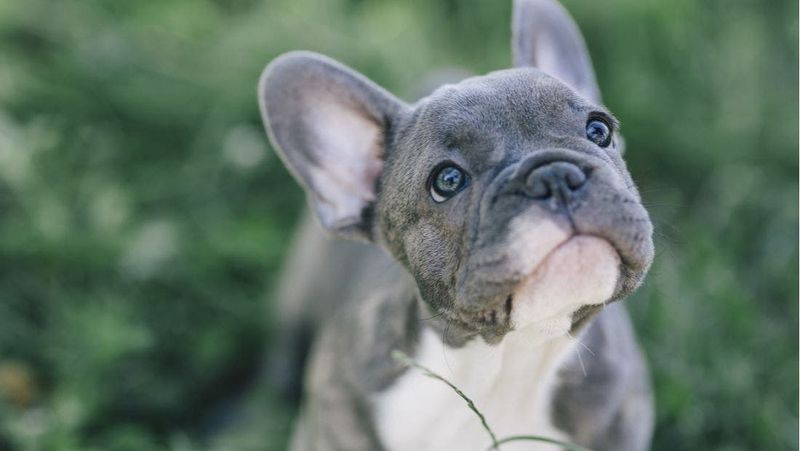
Instagram’s favorite dog comes with hidden costs beyond their hefty price tag. Like their English cousins, Frenchies suffer from brachycephalic syndrome, making breathing difficult – especially during exercise or in warm weather.
Their bat-like ears, while adorable, frequently develop infections requiring medication. Most concerning for vets is their inability to reproduce naturally. Their narrow hips mean almost all French Bulldog puppies arrive via artificial insemination and C-section.
Heat intolerance means air conditioning is non-negotiable, and swimming is dangerous as their top-heavy build makes them sink immediately. While charming and adaptable to apartment living, their health concerns lead to frequent emergency visits.
8. Bernese Mountain Dogs’ Cancer Risk
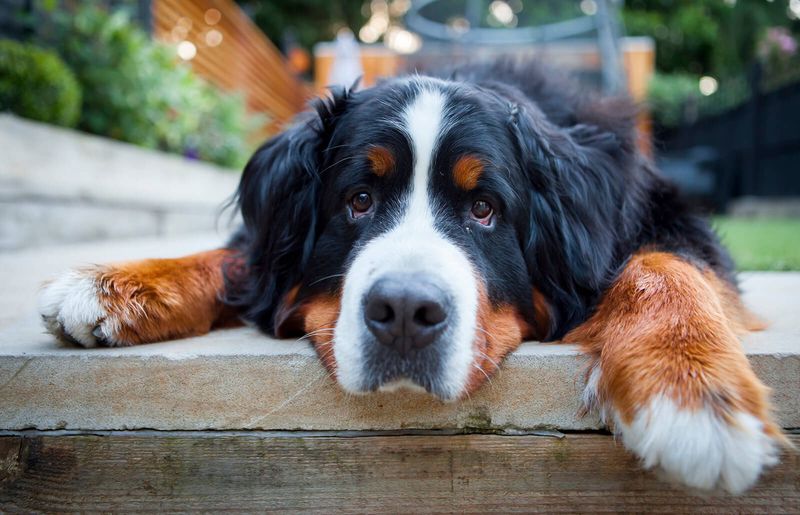
Few dogs match the stunning beauty of a Bernese Mountain Dog with their tricolor coat and gentle disposition. Tragically, they have the highest cancer rate of any breed, with over 40% dying from cancer, often before reaching 7 years old.
Their massive size contributes to joint problems, with hip and elbow dysplasia common. Owners face heartbreaking decisions about expensive treatments for young dogs.
Their thick double coat requires extensive grooming and sheds constantly, covering homes in fur. While perfect family companions with their patient nature, the heartbreak of losing these dogs so young leads many veterinarians to caution potential owners about the emotional toll of loving a Berner.
9. Pugs Face Multiple Health Challenges

Those bug-eyed, wrinkly faces that make pugs so appealing cause numerous health problems. Their extremely flat faces mean many struggle to breathe normally their entire lives, often requiring surgery to open airways.
Eye problems plague the breed – their bulging eyes easily scratch or even pop out of socket during play. Skin infections develop in facial folds without daily cleaning. Their compact bodies and curled tails hide spinal defects causing pain and mobility issues.
Despite their comical personality, many pugs suffer silently. The snorting sounds people find cute are actually signs of respiratory distress. While loving companions, the average pug costs thousands in medical care throughout their lifetime.
10. Boxer Dogs Battle Heart Conditions

Bouncy, energetic Boxers win hearts with their playful personalities, but heart problems plague the breed. Arrhythmogenic right ventricular cardiomyopathy (ARVC) affects many Boxers, causing irregular heartbeats that can lead to sudden death, even in young, seemingly healthy dogs.
Cancer rates run high in the breed, particularly mast cell tumors and lymphoma. Their short muzzles, while not as extreme as bulldogs, still cause breathing difficulties during exercise or in heat.
Boxers need extensive exercise and mental stimulation to prevent destructive behaviors. Their exuberant jumping and pawing can overwhelm small children or elderly family members despite their loving intentions.
11. Chow Chows Present Behavioral Challenges
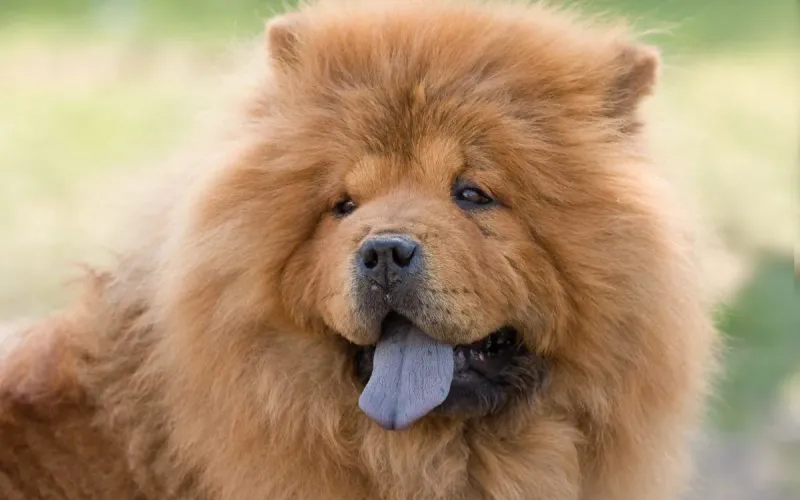
Behind that fluffy teddy bear appearance lies a strong-willed, often aggressive temperament that veterinarians frequently flag as problematic. Chow Chows naturally distrust strangers, including veterinary staff, making medical care difficult without sedation.
Their thick double coat requires extensive grooming to prevent painful mats and skin infections. Hip dysplasia affects many in the breed, causing early arthritis. Their deep-set eyes frequently develop entropion, where eyelids roll inward, scratching the cornea.
Early, consistent training is essential but challenging due to their stubborn nature. While loyal to their families, their aloof, cat-like personality disappoints owners expecting an affectionate dog, leading to abandonment when the cute puppy becomes a reserved adult.

